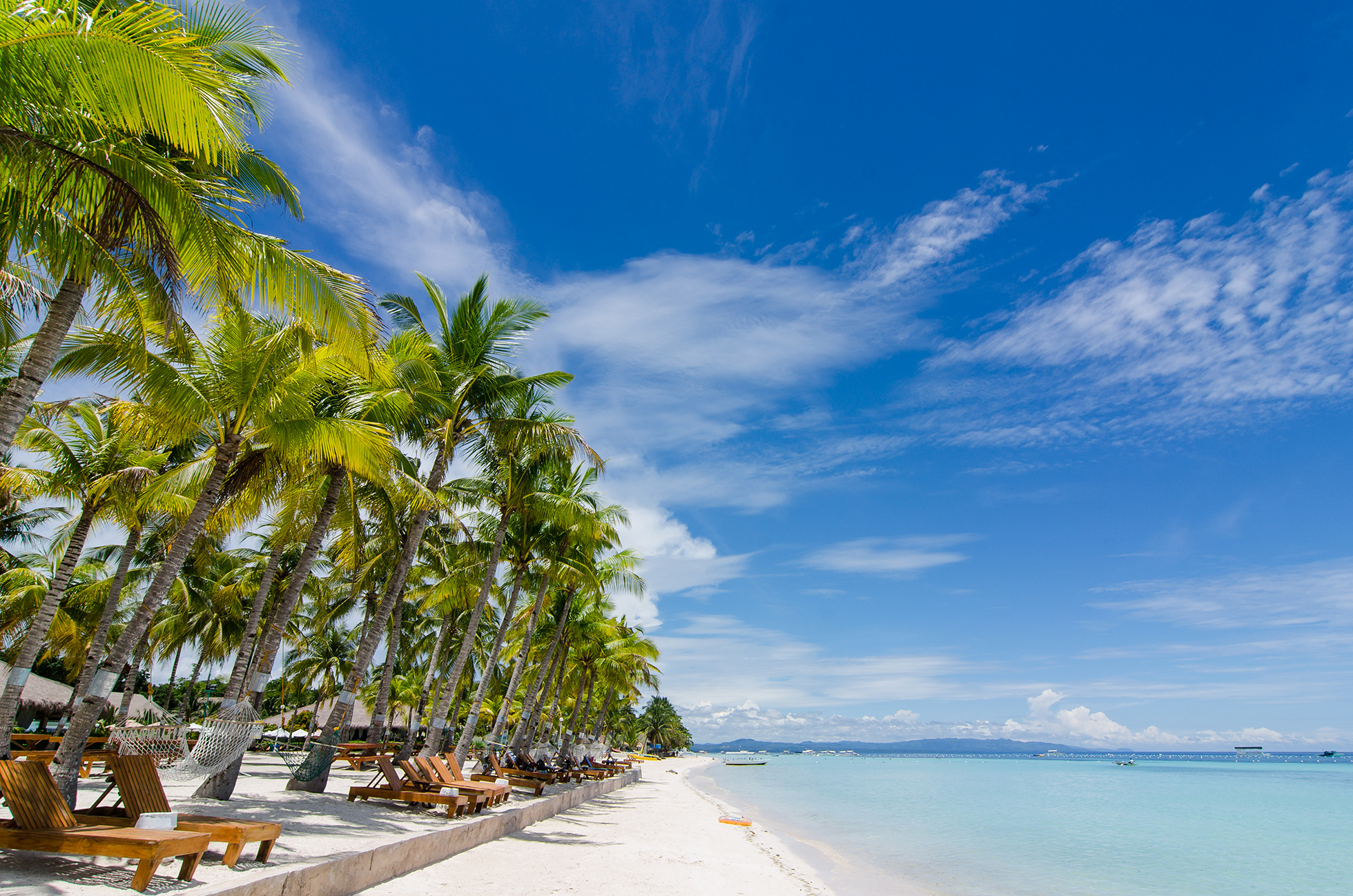Tours & Transportation
Tours and transportation requirements can be properly provided by the resort. From transfers to/from the airport, car hire with driver, guided tours and vehicle rental requirements from cars to buses, can be handled with ease.
Airport/Seaport Pick-Up/Drop-Off
The resort can arrange for pick-up and drop-off transfers, depending on your port of entry. Just get in touch with us through our contact channels at least two (2) days prior your arrival in order that proper arrangements can be made.
Tour Options
Aside from pristine beaches and water based activities, Bohol is gifted with a beautiful landscape and countryside, with several natural and man-made attractions. Must sees are the famous Chocolate Hills and the smallest primate in the world, the Philippine tarsier. Depending on guests’ preference, the resort offers two options for the Bohol countryside tour, either Organized or Ordinary. Both tours share the same itinerary which is as follows:
 Blood Compact Marker (Sandugo)
Blood Compact Marker (Sandugo)
The Sandugo was a Philippine ritual practiced in the olden times to show true friendship, seal a treaty or confirm agreement. Involved parties would cut their wrists and mix their blood into a cup with wine and drink the concoction. The blood compact marker of Bohol shows a sculpture where Spanish explorer Miguel Lopez de Legazpi and Bohol chieftain Datu Sikatuna sealed their friendship last 1565.
 Baclayon Church
Baclayon Church
Considered to be one of the oldest churches in the Philippines, this church was built by the Jesuits in 1717. It is made up of coral stones and bonded together by egg white.
 Tarsier Watch
Tarsier Watch
The Philippine Tariser is considered as the smallest primate in the world. Full grown, it is approximately the size of a human fist. Considered as nocturnal, they survive on a diet of insects such as crickets and moths. The Tarsier can turn its head 180°. Probably the most famous inhabitant of Bohol, this is a definite must see.
 Bilar Man-Made Forest
Bilar Man-Made Forest
This man-made forest in the town of Bilar is called so as it was part of a reforestation project organized by the local government in 1970. The area stretches two kilometers of dense forest made up of red and white mahogany trees. Driving along the area, you will feel the difference in temperature and a slight dim in your surroundings due to the thick foliage; a result of the success of this reforestation project.
 Chocolate Hills
Chocolate Hills
Made up of unusually shaped hills numbering around 1,200, spanning three towns of up to 50 square kilometers, this unique attraction derives its name from the color of its hills which turn brown during summer and green during the rainy season.
 Loboc/Loay River Cruise
Loboc/Loay River Cruise
One of the most popular activities in Bohol, the river cruise in Loboc or Loay is attractive as a native buffet lunch is served on board a roofed raft, while cruising the cool river. Depending on the season, the rivers water is either color brown or emerald green. The whole cruise usually takes a minimum of forty-five (45) minutes.
 Albur Church
Albur Church
The church was declared as an Important Cultural Property by the National Museum of the Philippines in 2013. The church was partially damaged when a 7.2-magnitude earthquake struck Bohol and other parts of Central Visayas on October 15, 2013. It was declared a National Historical Landmark by the National Historical Institute in 2014.


